
Mastitis is the term used for inflammation of breast tissue. This medical issue is frequently reported in breastfeeding women (lactation mastitis) and is generally a consequence of bacterial infection. The most commonly reported infectious agent responsible for mastitis is Staphylococcus aureus. Most of the time lactation mastitis occurs within 6 weeks after giving birth to a child.
Lactation Mastitis Causes
Lactation mastitis develops due to improper elimination of milk from mother's breasts. Remnant milk is a cause of milk stasis which subsequently leads to blockage of milk ducts. Stasis may also occur if the woman opts for tight-fitting clothing instead of loose one or is wearing over-restrictive bra. Lactation mastitis may additionally develop once the bacteria from the baby's mouth enter milk ducts through skin lesions of the nipples.Lactation Mastitis Symptoms and Signs
The inflammation typically affects only one breast. Symptoms and signs can be easily classified into two groups, those connected to the affected breast and symptoms and signs caused by general response of the body towards inflammation.
The affected breast is swollen, tender and warm to touch. A woman may additionally complain about pain and burning sensation while breast-feeding. The redness of the skin occurs in a wedge-shaped pattern. The breast may appear lumpy.
Apart from localized changes, the woman may also experience general malaise and feel ill, there is chance of fever (usually 101 F°/ 38.3°C or even higher), aches, shivering and chills. Fatigue and feeling anxious and stressed occur as well.
Patients initially face with flu-like symptoms and then notice changes in the breast area. They are due to report all the mentioned changes, especially if there is additional nipple discharge and severe breast pain.
Lactation Mastitis Treatment
It is essential to continue breastfeeding the child in initial stages of lactation mastitis. Also, with efficient milk removal, the chance of milk stasis and additional problems reduces as well. Women may also benefit from certain pain killers but before taking any drug a woman should consult her health care provider.
After this initial care mastitis should start to subside. However, if inflammation persists and symptoms do not resolve within 12-24 hours, the woman will require antibiotic treatment. These drugs are administers orally and the affected woman continues breastfeeding or sometimes stops breastfeeding but removes the milk be expressing. Doctor will opt for the best antibiotic paying close attention to allergies the mother is suffering from, efficiency of the drug and its ability to pass into breast milk.
In some case the woman may additionally develop breast abscess, an accumulation of pus inside the breast. Breast abscess is treated surgically and is drained. At the same time the woman receives antibiotics.


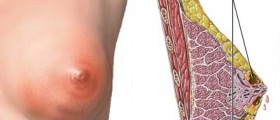
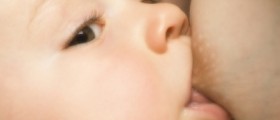




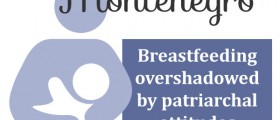
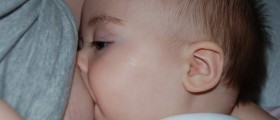
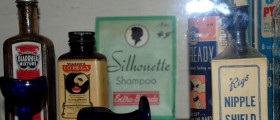


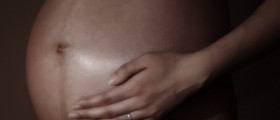
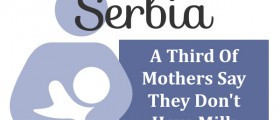
Your thoughts on this
Loading...